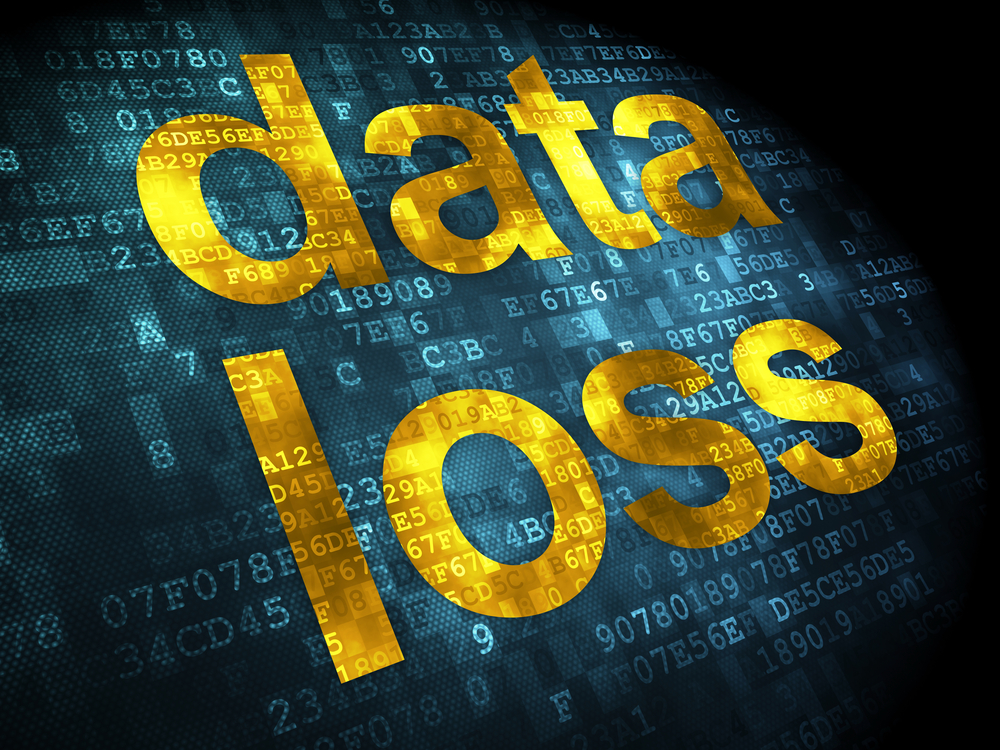Moving your document storage solution to the cloud makes a lot of sense, but can seem overwhelming. Here are 3 steps to getting started with cloud document management.

Cloud document management software is incredibly easy to get started with. It also packs a whopping ROI with tons of time savings and affordable pricing. Perhaps this is why, according to Cisco, in the event of having the capacity to move just one feature to the cloud, 25% of respondents would pick storage – more than any other area. Here are three steps to get started with a migration to a cloud storage solution.
Frequency
The first step when migrating data to the cloud is not to simply “send all of the data”. Organizations that send everything to the cloud at once destroy their bandwidth and don’t get an accurate picture of replication. The idea of cloud storage is to have repeating backups of valuable information. Understanding how important information is first starts with how frequently that information is used. The more frequent data is used, the better candidate the data becomes for cloud storage.
Long Term
Understanding frequency also produces knowledge on what areas of information can be put to cold storage. Cold storage is an area where data is hard to get to, but data stays there near indefinitely. Clearing large underused areas can not only make room for more productive data, but can make room on high-performance hard drives for more productive data.
Safety
Hard drives are known to die every few years. Many avoid this eventual death through RAID configuration. RAID configurations allow data to be mirrored across several hard drives, so if one dies, another takes the hard drives place. The duty of the technician is to then swap out the dead drive for a good drive. With cloud storage, monitoring hard drive health is no longer the technician’s issue. Organizations that specialize in cloud storage hire exceptional individuals to monitor and maintain the health of their equipment. The strength in numbers allows cloud storage providers to provide greater data up-time than most typical IT departments can offer.
While cloud storage can be relatively easy to achieve, the first step is often the hardest. Understanding data and work flows can be a troublesome nightmare for those not versed in this kind of technology. Let DynaFile help you unravel this data mystery to find your easy wins for cloud storage. For more information, please contact us!




